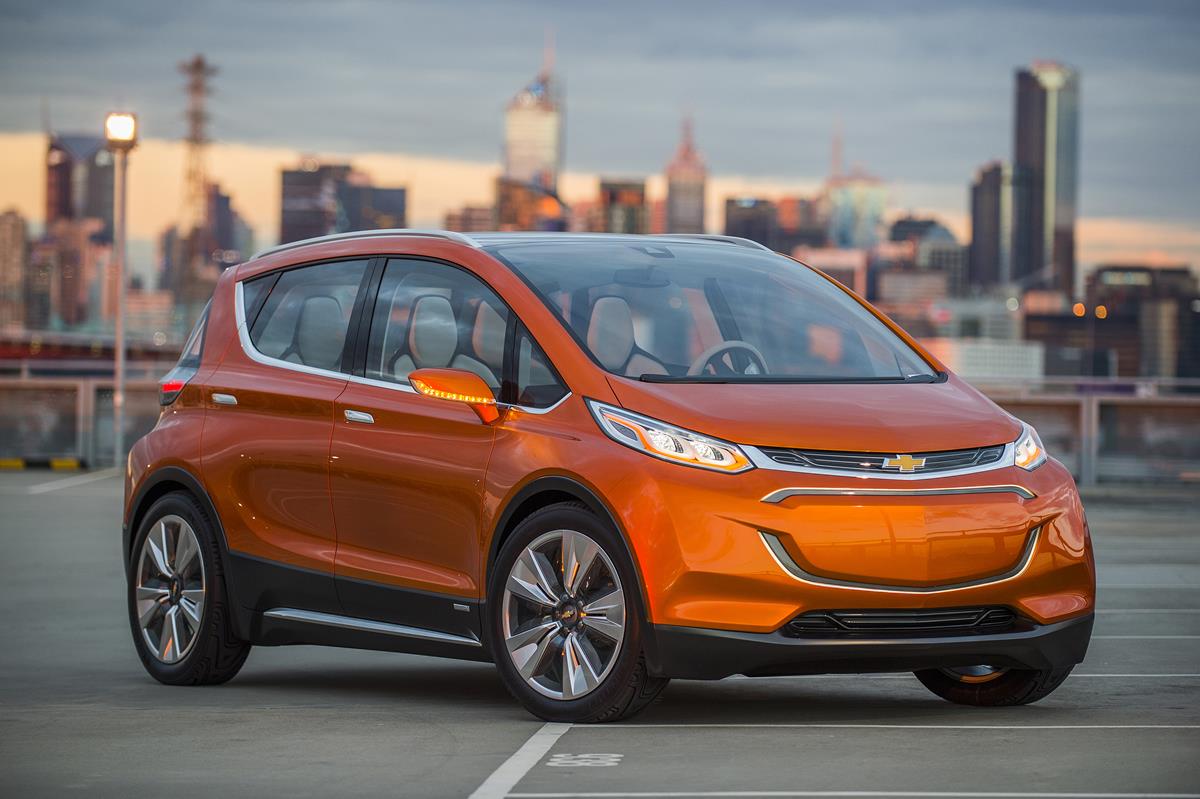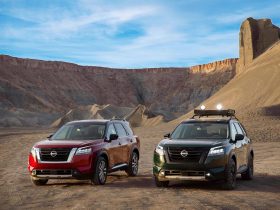General Motors set aside traditional vehicle development to create the Chevrolet Bolt EV, which can travel more than 200 miles on a single electric charge.
Offering consumers the first long-range, affordable EV, required an unprecedented supplier relationship combining expertise in infotainment, battery systems and component development with GM’s proven in-house capabilities in electric motor design, battery control, system validation and vehicle body/system integration.
Following joint planning and research, GM and LG Corp. brought the Chevrolet Bolt EV to reality. The Bolt EV concept was shown at the North American International Auto Show in January this year. Chevrolet confirmed in February that the Bolt EV would go into production at GM’s Orion Township (Mich.) assembly plant in late 2016.
GM & LG Blend Expertise
Engineers considered different vehicle architectures, electric driving ranges and performance options for the Bolt EV before deciding the vehicle must be affordable and deliver 200-plus miles of all-electric driving with spirited performance.
LG supplied an array of new components and systems for the Chevrolet Bolt EV, including:
- Electric Drive Motor (built from GM design)
- Power Invertor Module (converts DC power to AC for the drive unit)
- On Board Charger
- Electric Climate Control System Compressor
- Battery Cells and Pack
- High Power Distribution Module (manages the flow of high voltage to various components)
- Battery Heater
- Accessory Power Module (maintains low-voltage power delivery to accessories)
- Power Line Communication Module (manages communication between vehicle and a DC charging station)
- Instrument Cluster
- Infotainment System
“Chevrolet needs to be disruptive in order to maintain our leadership position in electrification,” said Mark Reuss, GM executive vice president of Global Product Development, Purchasing and Supply Chain. “By taking the best of our in-house engineering prowess established with the Chevrolet Volt and Spark EV, and combining the experience of the LG Group, we’re able to transform the concept of the industry’s first long range, affordable EV into reality.”
LG Electronics Vehicle Components led a team of LG companies, including LG Chem, LG Innotek, LG Display and LG Electronics, to help develop the Bolt EV. LG Electronics has invested more than $250 million in an engineering and manufacturing facility in Incheon, Korea, to support the component development and manufacturing for Bolt EV components.
“Being selected as GM’s EV technology partner positions LG as a key player in next-generation vehicular technologies,” said Woo-jong Lee, president and CEO of the LG Electronics Vehicle Components Co. “The opportunity to work with GM on such game-changing technology is indicative of exactly the type of contributions that traditional tech companies can make in the automotive space.”
GM-LG Longstanding Relationship
GM’s relationship with LG began in 2007 when LG Electronics was tasked with supplying the vehicle communications module for OnStar, GM’s exclusive telematics system. Another LG-owned company, LG Chem, and GM have a long-standing relationship: the company was chosen as the sole supplier of battery cells for the first-generation Chevrolet Volt, which launched in 2010.
After delivering exceptional quality for the more than 23 million cells with less than two problems per million cells produced for the first-generation Chevrolet Volt, GM turned to the LG Corp. to bring forward new expertise from LG Electronics and other LG companies. The agreements encompassed supplying components for the Bolt EV and marked the first time that GM integrated a full EV component supplier so early in vehicle development.
GM’s component strategy is centered on three options: build, buy and partner. Where it makes economic and strategic sense, GM will build some of its own components. Others will be purchased directly from suppliers with the most expertise in particular discipline. And, as in the case of LG, GM will partner with a supplier to leverage its own engineering with the supplier to develop unique strategic systems and components.















